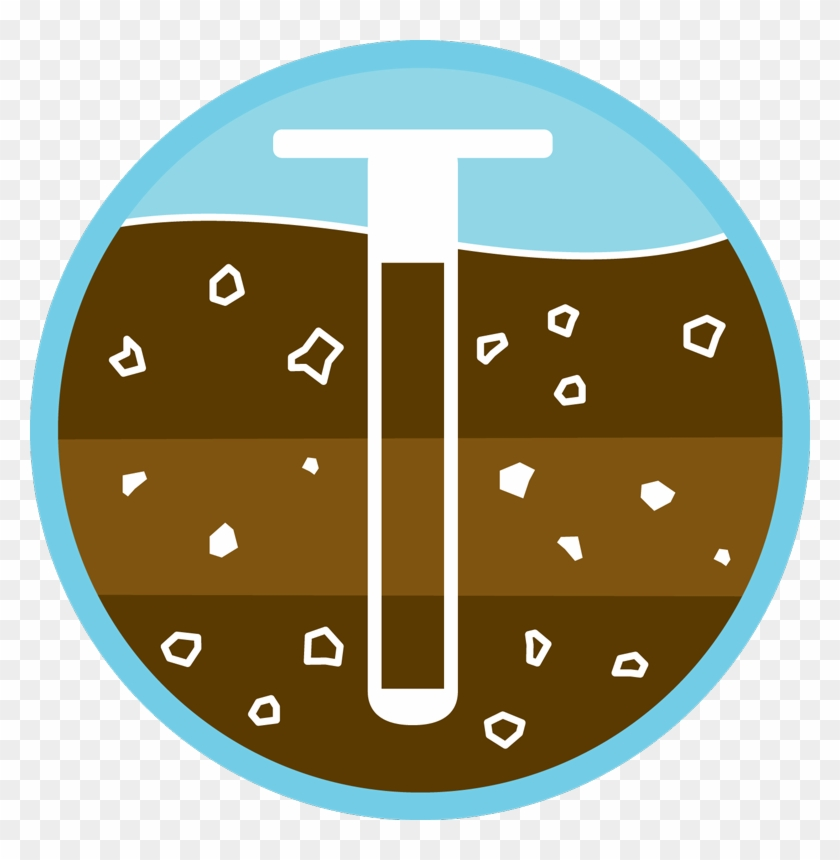I’m in Chicago, on the West Side, with two adjoining lots of uncertain history.
The lot I live in had no garage going back several decades, but I pulled out a foundation for something smallish when I laid down sod after moving in; and when I dug the posts for the fence (and raised beds) I found not one but two brick patios, one about six inches down and one about eighteen inches down. Also a lot of garbage, car parts, old clothes, and plastic.
The second lot has a sunken area with a footprint the same size as my brick four-square. I don’t know if the limestone foundation is still down there. We filled in the area with wood chips to keep down weeds and reduce the likelihood of falling into the hole.
Right now we’re gardening in raised beds, but I’d like to get to in-ground planting eventually. What do I need to watch out for, what do I need to do, and what plants can I use to pull any heavy metals out of the soil over the next few years? I know sunflowers work if you get them out by the root, and that’s great, but is there anything more low-profile or more physically manageable, especially something native to the area?


This is not always the case. Brassicas pull up Pb (lead) and there are a number of other issues; legumes are another example of hyperaccumulators. OP needs to know what they are dealing with first.